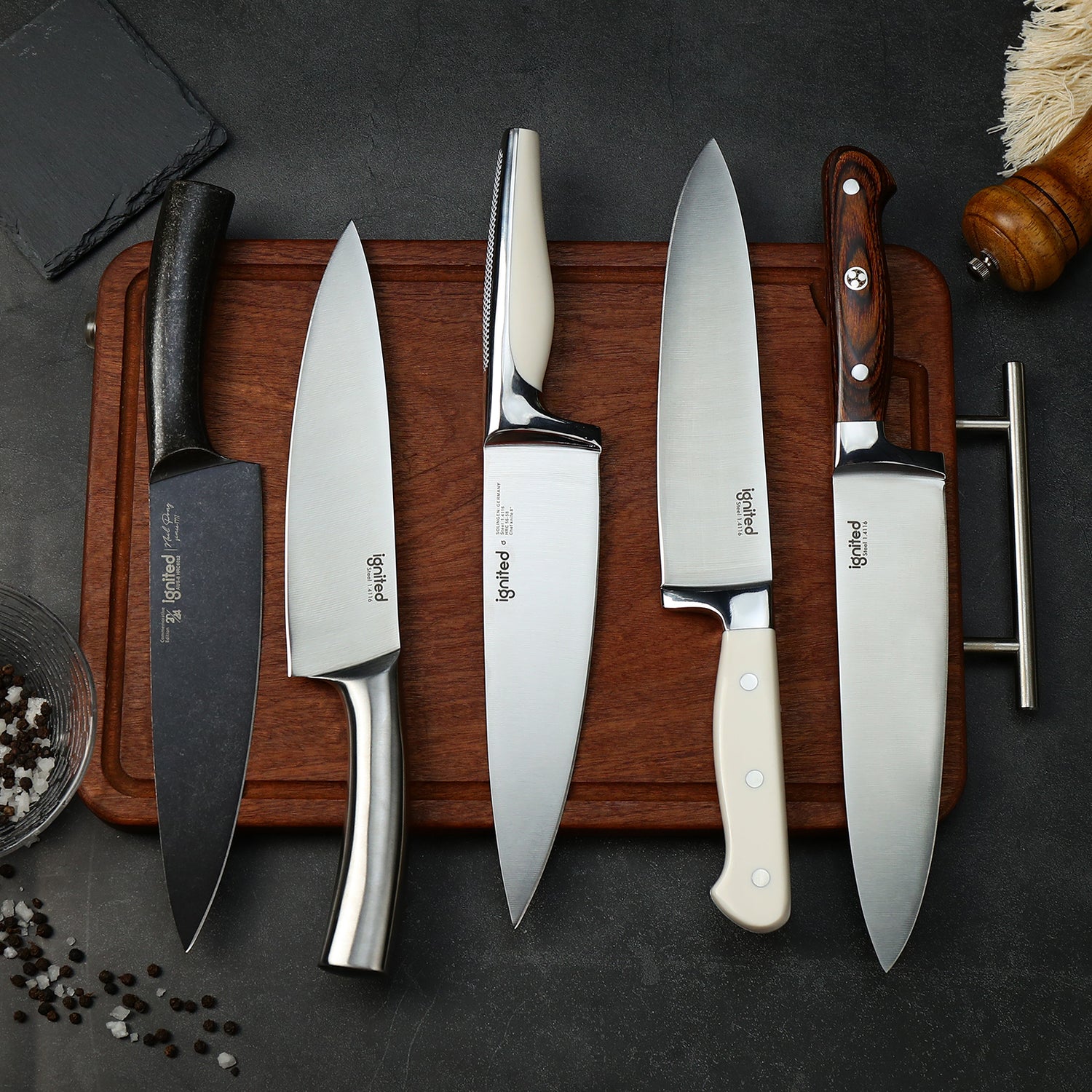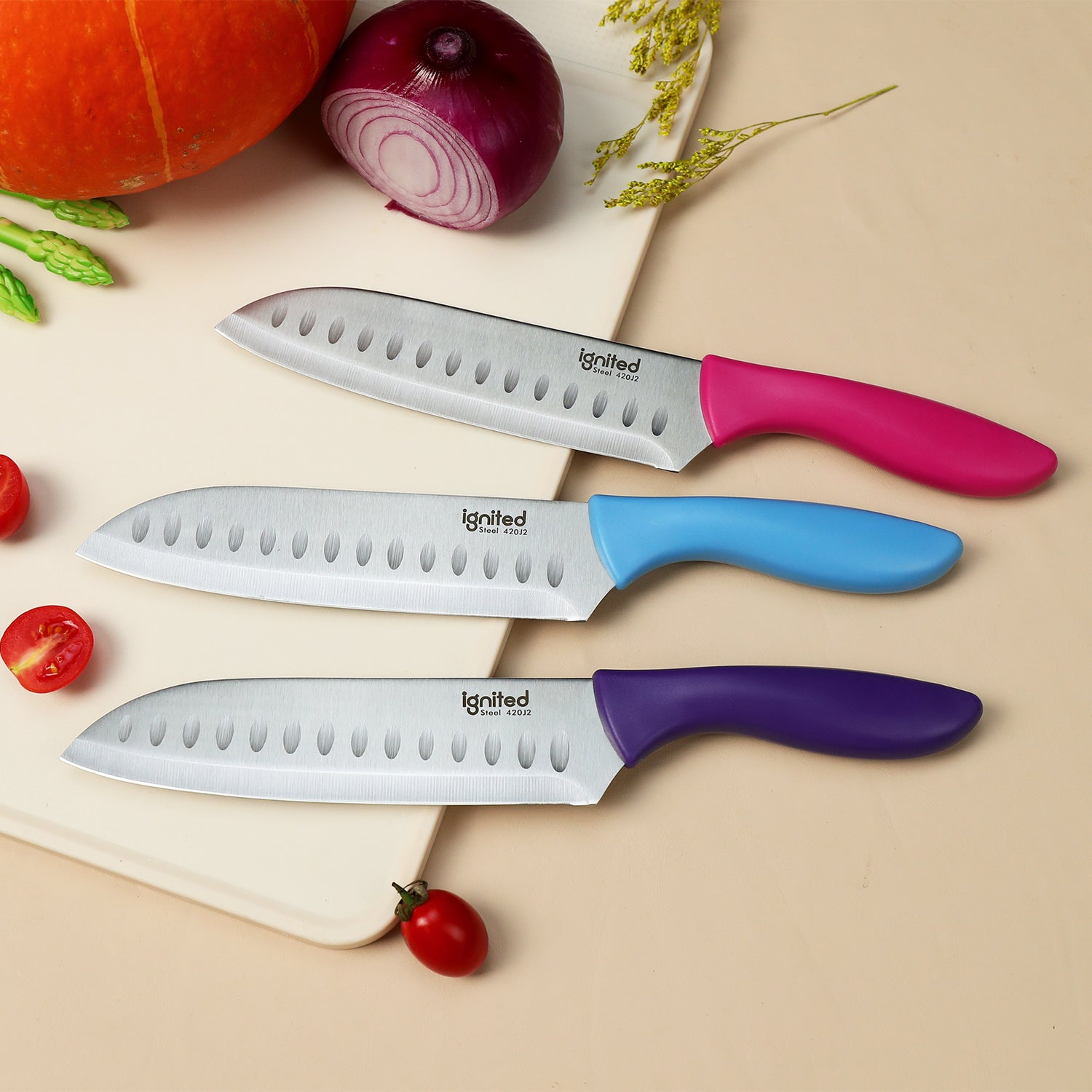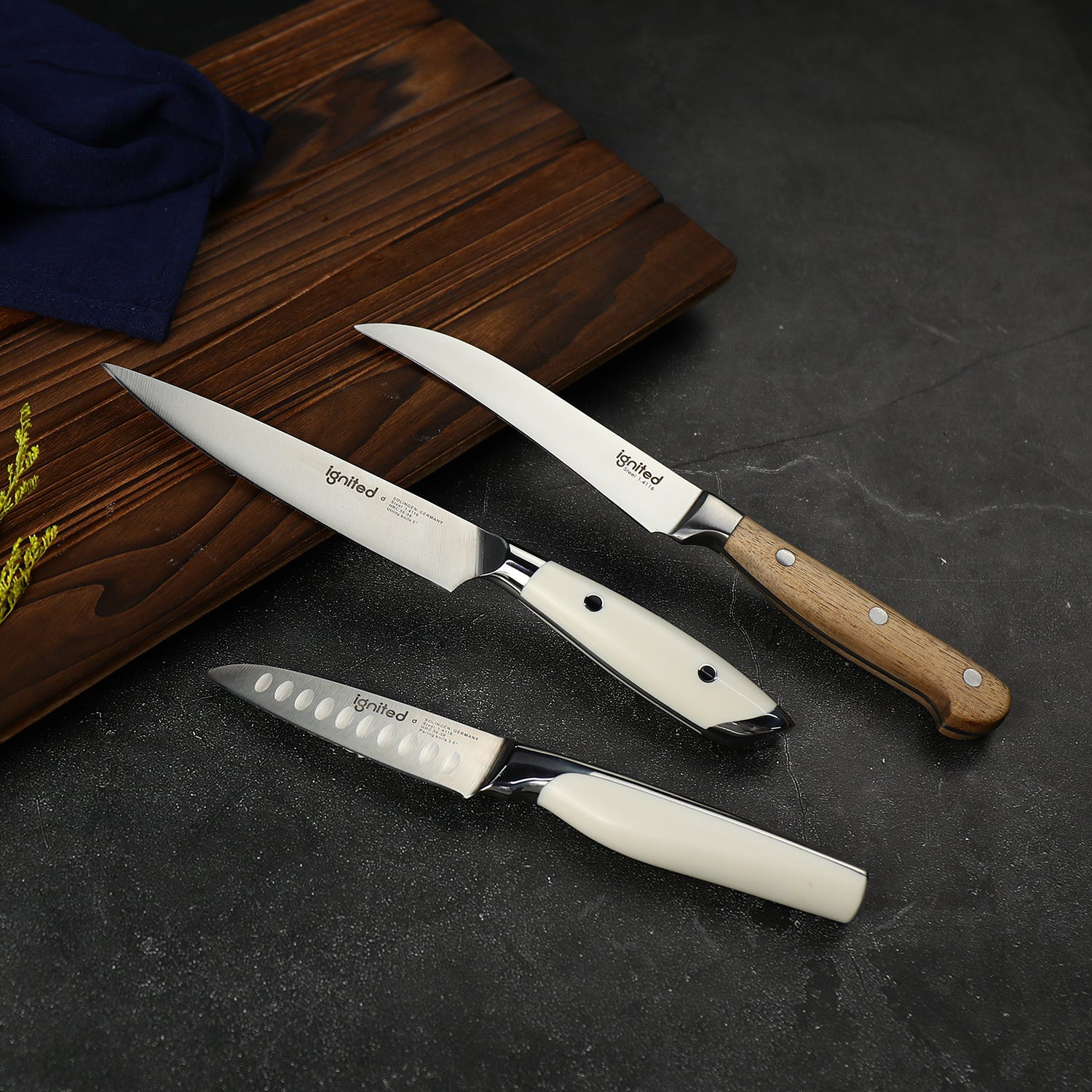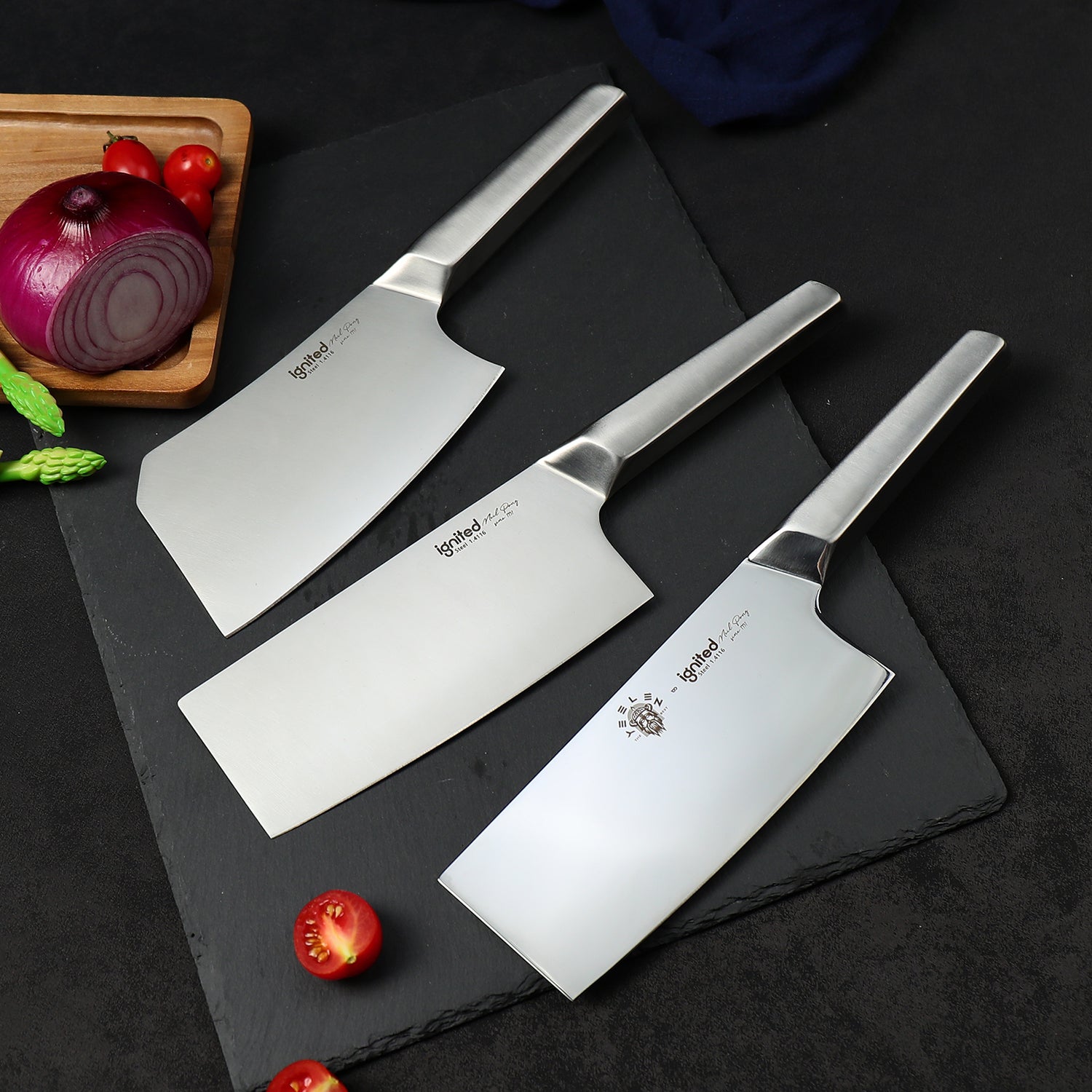During times when professional salon access is limited, it’s tempting to reach for the nearest scissors—often the ones in your kitchen drawer. But can you safely cut your hair with kitchen scissors? At IgnitedCutlery, where blade craftsmanship meets practical everyday use, we explore the real risks and what you should know before making the first snip.
Understanding the Difference Between Hair Shears and Kitchen Scissors
Hair-cutting shears are designed for clean, sharp, precise cuts. They’re lightweight, extremely sharp, and often ergonomically crafted for control and accuracy. Kitchen scissors, on the other hand, are made for cutting packaging, meats, and tough materials—not delicate strands of hair.
Why Using Kitchen Scissors for Hair Is Not Recommended
- Blunt Blades: They don’t slice hair cleanly, leading to tugging or tearing.
- Hair Damage: Torn ends cause split ends, frizz, and poor texture.
- Messy Results: Thick blades make precise cuts nearly impossible.
Using kitchen scissors can lead to hair damage that becomes obvious immediately—rough tips, uneven sections, and frizzy texture that worsens over time.
The Science of Cutting Hair: Why Precision Matters
As a knife and blade brand, IgnitedCutlery understands that precision is everything. To cut hair without damage, blades must be thin, extremely sharp, and angled correctly. Kitchen scissors apply more crushing force than slicing motion—damaging hair microscopically and leading to split ends over time.
Alternatives If You Don’t Have Hair-Cutting Shears
If hair shears aren’t available, here are slightly better (but still not ideal) options:
- Sharp fabric or embroidery scissors
- Avoid old, dull scissors of any kind
- Never use multi-purpose or rusty blades on hair
Still, nothing truly replaces the precision of real haircutting shears.
Tips for Cutting Hair at Home with Kitchen Scissors (If Absolutely Necessary)
If you have no choice but to use kitchen scissors, follow these precautions:
- Cut dry hair: Wet hair stretches and makes even cutting harder.
- Use a sharp pair: Dull blades do the most damage.
- Cut in small sections: Allows more control and accuracy.
- Use a comb: Guides you to make straighter cuts.
- Don’t make it a habit: Hair can tolerate this once, not frequently.
The Consequences of Regular Use
Continued use of kitchen scissors on hair can cause:
- Frizz and dull texture
- Visible split ends
- Hair thinning from breakage
- Rough, hard-to-manage strands
The Value of Professional Hair-Cutting Tools
Investing in a proper hair shear pays off by protecting your hair and producing better results:
- Sharper blades: Clean cuts, less breakage
- Precision: Better control for layers and trims
- Comfort: Ergonomic handles reduce hand fatigue
As blade makers at IgnitedCutlery, we stress that using the right blade matters—no matter the task.
Can a Stylist Fix a Kitchen Scissor Haircut?
Usually, yes—but it may mean cutting more hair than originally intended. Stylists can reshape and repair some damage, but the safest approach is to use proper shears from the start.
Conclusion
Kitchen scissors are built to cut through tough materials, not hair. While they may work in a pinch, they often cause more harm than good—leading to frayed ends, jagged lines, and lasting damage. For best results and healthy hair, always use proper hair shears or consult a professional. At IgnitedCutlery, we know blades—and the right one makes all the difference.
Frequently Asked Questions
1. Can I use fabric scissors instead of kitchen scissors?
Fabric scissors are better than kitchen scissors, but still not ideal. Use hair shears if possible.
2. Why do kitchen scissors cause split ends?
Because they tear hair instead of slicing it cleanly, damaging the ends and hair shaft.
3. Can I sharpen kitchen scissors to make them suitable?
Even sharpened kitchen scissors lack the thin blade edge and precision required for hair.
4. Will damaged hair grow back normally?
Yes, but only after trimming damaged areas and maintaining healthy hair care practices.
5. What’s a good beginner hair shear for home use?
Look for stainless steel shears with a convex edge and ergonomic grip—ideally from brands that specialize in blade precision.





